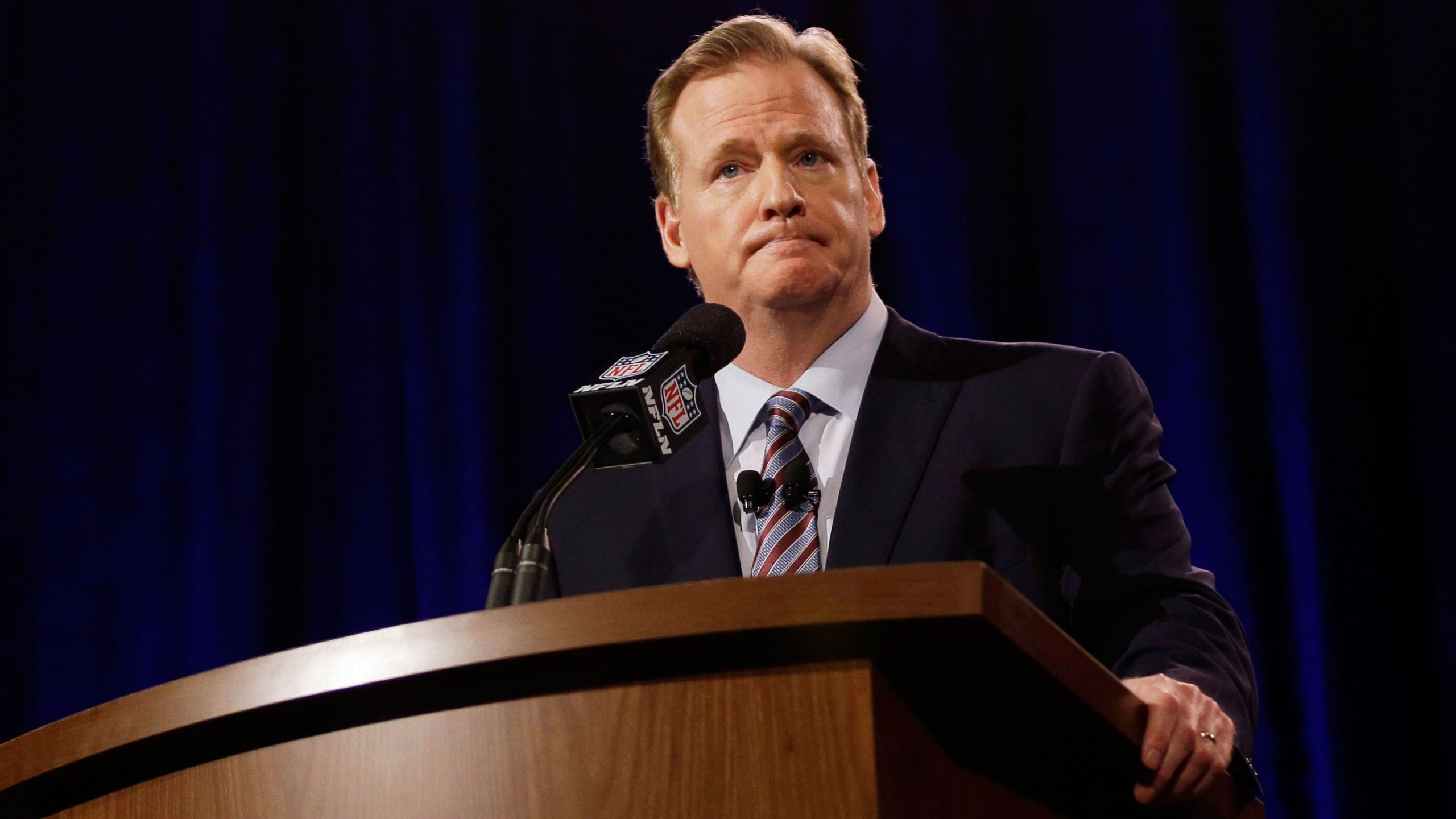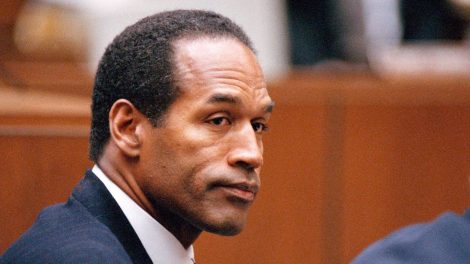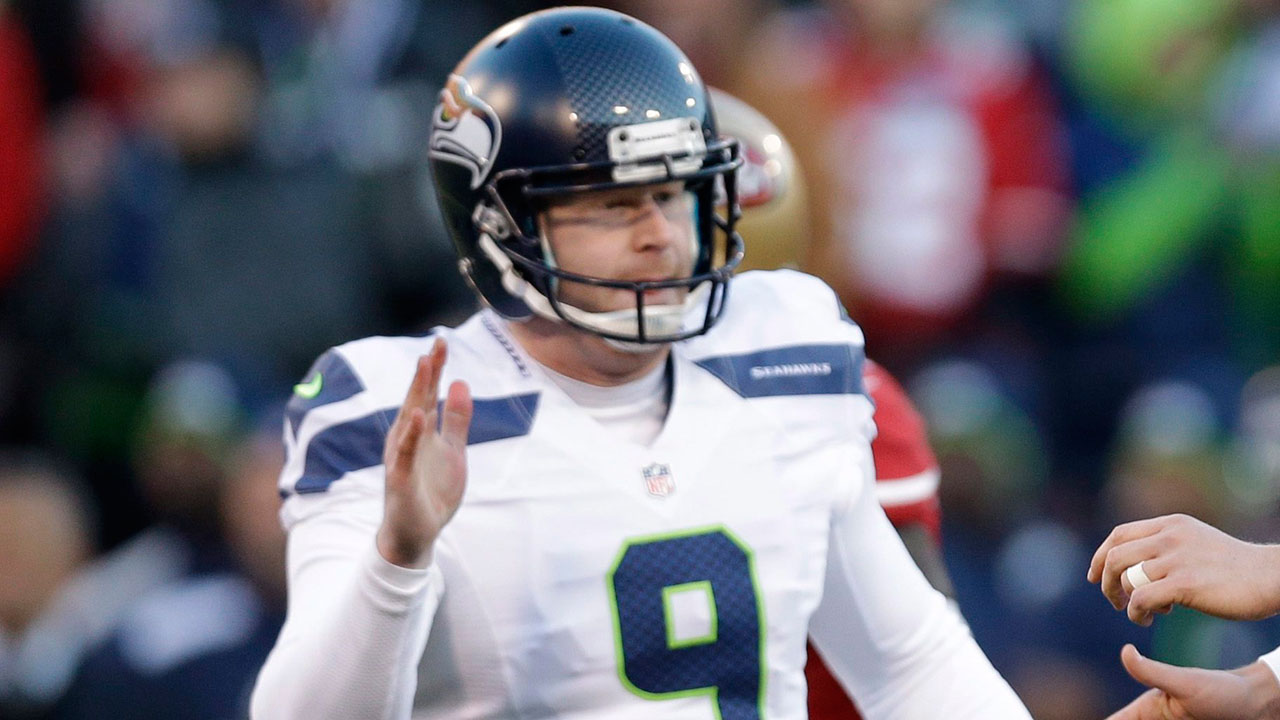The walls are closing in around the NFL and the way it has dealt with the singular issue that should change its business.
That should change the sport, although it’s hard to believe anything ever will.
Even in the face of information that should have the NFL covering their head in shame, the league that trumps all leagues—the growth and merging of the sports and entertainment industrial complex over the past 30 years owes as much to the lead taken by the NFL as it does factors like 24-hour sports coverage, cable television, the Internet and the rest—continues to dance through a hall of mirrors trying to keep its distance from a fact even the most ardent fan knows to be true: Football, which requires the majority of its participants to consistently give and receive hits that jar the brain and give rise to the near certainty of concussions, is really, really bad for those who play it.
The league’s views on concussions among its players and how those concussions may or may not contribute to CTE—a condition found in the brains of 90 of 94 deceased former players—has been flip-flopping so violently in recent weeks and months that just reading about it threatens the kind of whiplash that could require some time in a dark room.
The league’s top medical official says at the Super Bowl that concussions and CTE aren’t linked. A top league official, seemingly by accident, tells a congressional committee that yes, there is a link. The league backs him up with an official statement and then commissioner Roger Goodell starts waffling again when he speaks on it.
Oh, and Dallas Cowboys owner Jerry Jones—the NFL’s rich, crazy uncle—says that linking CTE and concussions is absurd and not backed by science.
Whatever, Jerry.
The latest salvo came Thursday morning when the New York Times published a meticulously reported article that called into question—no, effectively shreds—the league’s integrity when it comes to the first generation of research into concussions, beginning in the mid-1990s.
There is a lot of detail in the story, but there’s a simple way to understand its main thrust.
Were you a football fan in the mid-’90s? Yes? Team loyalties aside, did you appreciate or at least respect—if not revel in, as many did—the effectiveness, courage and toughness of Dallas Cowboys quarterback Troy Aikman and his rival with the San Francisco 49ers, Steve Young? Who didn’t, really? Each of the superstar pivots could be held as examples of how to play the sport’s most glamorous position in the face of grave physical risk. No one who followed the sport in that era would have any problem recalling that each player suffered a number of concussions. Most of us watched them happen from our couches.
Here’s the catch: Beginning in 1994, after a season in which a number of its marquee players—quarterbacks in particular—began dropping like flies, the NFL formed the oddly named Mild Traumatic Brain Injury committee to study concussions and football.
It was in the 1994 Super Bowl that Aikman played just a week after being hospitalized for a concussion that forced him out of the NFC championship game. The Cowboys blew out the Buffalo Bills, but Aikman later said he remembered little of the game.
For six years, from 1996 until 2001, the league set out to gather data on all the head injuries teams treated during the season. The data set was the basis for 13 peer-reviewed articles on the effects playing in the NFL had on the brain. Overwhelmingly, the conclusion of the research was that it wasn’t that big a deal—it was a relatively small cost of doing business with no clear long-term effects.
The problem, as the Times details, is that the data set was badly flawed. Concussions were wildly under-reported. They found at least 100 concussions that weren’t included in the study, reducing the sample size by 10 percent and making concussions seem like a smaller problem than they were.
For example? Even though most football fans of the period can recall vividly a number of concussions suffered by Aikman—the Fox Sports broadcaster told Sports Illustrated’s Richard Deitsch he suffered “eight or 10” concussions over his career with Dallas—none of his injuries were included in the study.
In fact, none of his teammates were either, even though Aikman cites his former fullback, Darryl Johnston, as an example of a player really in harm’s way. “Every single play he was hitting someone with his head,” Aikman told Deitsch. “These guys are the ones to me who are and were more susceptible.”
Yet for six NFL seasons, apparently, the Dallas Cowboys didn’t have a player suffer one head injury worthy of being included in the league’s data. The studies made it appear that the data gathering was exhaustive.
And what about Young?
When he announced his retirement in June 2000 his history of concussions was widely cited as the reason. In September 1999 he was hit hard in a game against the New Orleans Saints, and though he stayed in the game and threw the winning touchdown, he said afterwards he couldn’t remember making the throw. He played the following week, a Monday night matchup against the Arizona Cardinals, was hit on a blindside blitz and never played in the NFL again.
In collecting their data the NFL removed the identifying details associated with the 887 concussions they did include in their research. By decoding the circumstances of the injuries (date, home or away, type of surface, etc.) and cross-referencing them with injury reports and media references to injuries, the Times was able to figure out the identities of some of the players who were included and—significantly—some of the most obvious ones who weren’t.
The Times went on to detail some of the connections between the NFL’s legal team and lobbying groups and Big Tobacco—an industry that knowingly manipulated research to downplay the risks of its product.
It makes for good reading. But whether the NFL took its cues from Big Tobacco or not, it’s clear the league was at best negligent in how it tried to educate itself about the risks playing football carried.
Regardless of who inspired the strategy or if there was one, the league didn’t do a very good job trying to protect the health of its players, even as they were being forced out of the sport earlier than they wanted and against their will, and even as documentation began to pile up that long-term effects of those brain injuries could be deadly.
In a swift and detailed rebuttal released hours after the Times story was published, the NFL seized upon the association with Big Tobacco the article pointed out, suggesting the connections were weak, unintended and in some cases even coincidental.
Maybe. Left out was any reasonable explanation of how concussions suffered by two of its biggest stars, injuries that every football fan could have told them about, were not included in the studies the league commissioned.
Included was an admission that “contact sports will never be concussion-free.”
Missing was any assurance that the league can be trusted to limit them to the best of its ability. The walls may be closing in, but from here it looks like a fortress going up, ever higher, the truth being kept at a distance.










